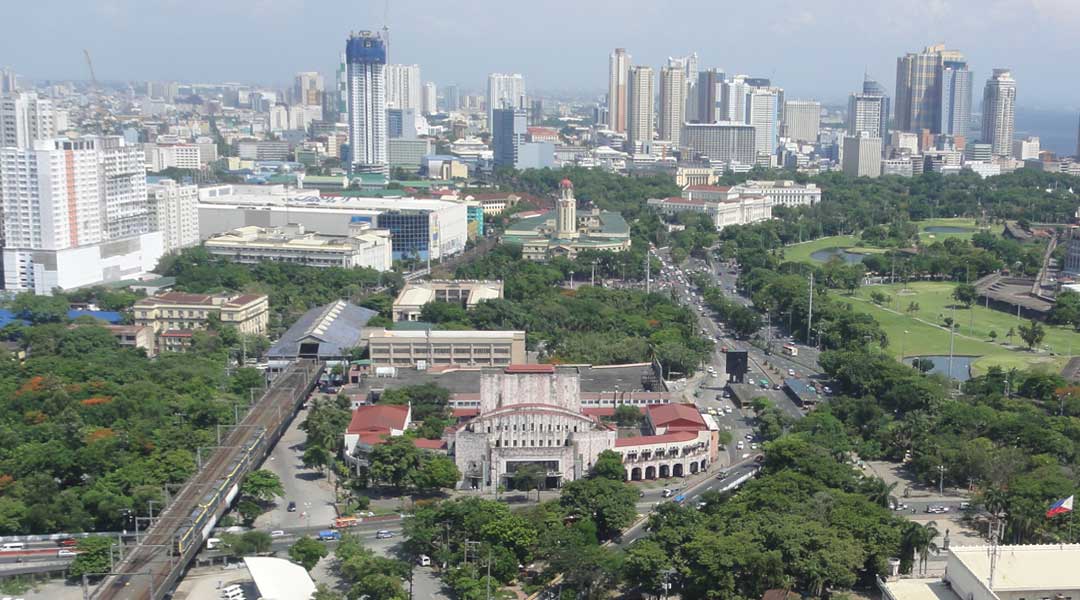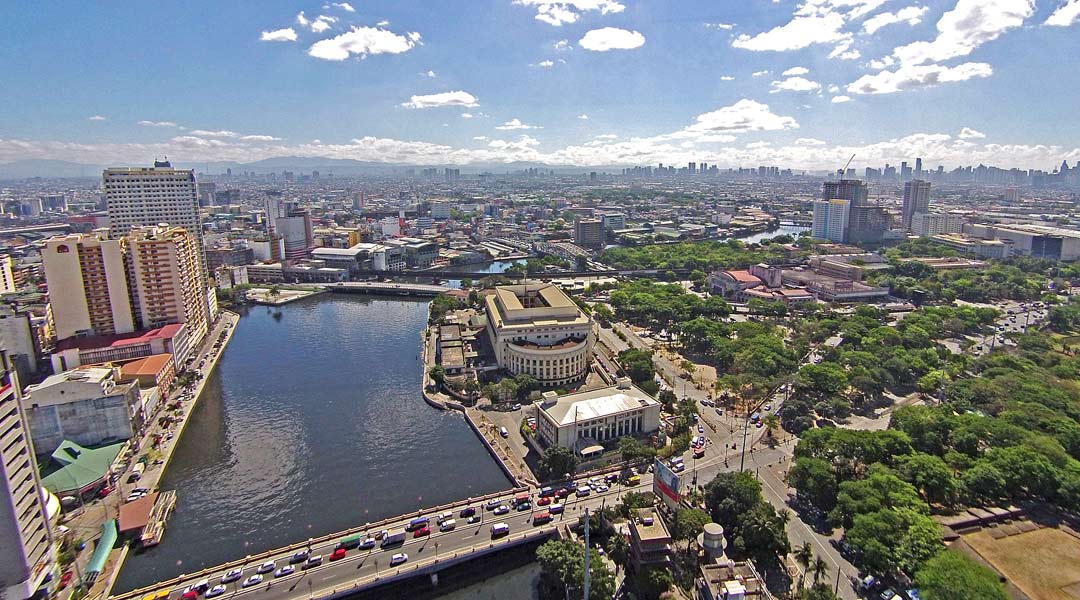
Congress approves proposed Green Building Act
House Bill 7373 or the proposed “Green Building Act” aiming to mitigate the effects of climate change and preserve the environment by requiring the planting of trees for any construction of residential, commercial industrial and public buildings has been approved on third and final reading by the House of Representatives.
READ MORE: ‘Green Green Green’ budget for more public space in PH cities
The bill seeks to mandate all applicants for building permits of residential, commercial, industrial and public development projects to submit a Tree Planting Plan, in addition to the other requirements imposed by local government units. It declares that the State shall protect and advance the right of the people to a balanced and healthful ecology in accord with the rhythm and harmony of nature. Hence, the State shall promote the planting of trees to enhance environmental quality, mitigate the effects of climate change, and preserve the environment for present and future generations.

The bill also provides that any person, firm or corporation, or department, office, bureau agency or government instrumentality intending to construct, alter, repair, or convert any building or structure, shall be required to set aside and properly maintain areas adequate for planting and maintaining trees and flora in said property.
READ MORE: Localizing green buildings: Will BERDE take the LEED?
The Tree Planting Plan (TPP) shall contain the following: total area of the project; indicative lay-out of the area or areas to be planted; number of trees to be planted, taking into account the ratio of at least one tree for every 500 square meters for commercial or industrial projects or one tree for every 250 square meters for housing development projects; species to be planted; and construction and design of said areas for trees and flora, which shall give emphasis to the facade of the structure and all communal areas. The TPP shall give preference to indigenous species of trees, taking into account the location, climate, and topography of the area.

Within 60 days from the effectivity of the Act, the Department of Environment and Natural Resources (DENR), in coordination with the Department of Interior and Local Government (DILG) and the Department of Agriculture (DA), shall issue the necessary implementing rules and regulations to carry out the objectives of the Act.
Rep. Emmeline Aglipay-Villar, principal author, noted that like those of other countries, the country’s carbon emissions dominate the rate by which the Philippines is able to produce and replenish green resources. “The continuous abuse of our forest reserves by big businesses does not help our cause either. With the passage of HB 7373, we are confident that we can effectively reduce the exploitation of our green resources,” said Aglipay-Villar.
READ MORE: LEED the game: A look into the green building rating system
The bill is co-authored by Reps. Nancy Catamco (2nd District, North Cotabato), Noel Villanueva (3rd District, Tarlac), Joseph Stephen Paduano (Party-list, Abang Lingkod), Pablo Ortega (1st District, La Union), Maria Vida Espinosa-Bravo (1st District, Masbate), Mark Go (Lone District, Baguio City), and Gary Alejano (Party-list, Magdalo), among others.


